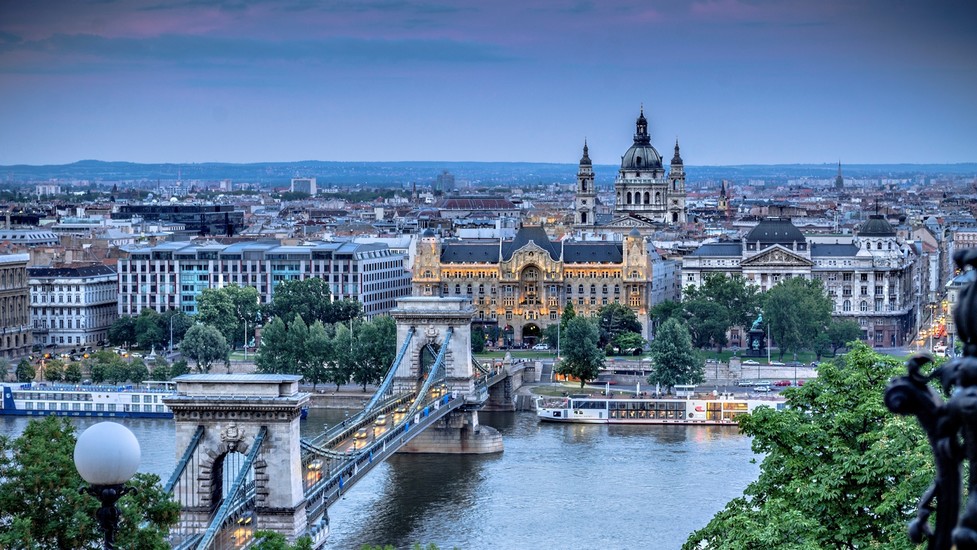Now what? You’ve gone through all that information to help prepare you for global field course, and so what’s next?
KEEP EXPLORING! The more you read-up on the cities you will be visiting, the more you will get out of your time abroad! Remember to bounce back to Module 1 and Module 2 of this online pre-departure information any time. Here are the links to Module 2 for:
Here are a few more helpful resources for the three cities you will be visiting soon!
Warsaw

Kraków may have the beauty and Gdańsk the seashore, but Warsaw has the culture, the energy and the action. Poland’s capital was flattened in WWII and, ever since, the city’s been racing to replace what was lost. After 1989, that pace accelerated, and central Warsaw today has so many booms, cranes and construction sites, you’d think you’d landed in Beijing. That energy extends to the city’s thriving club and music scene. The annual calendar is filled with funky street fests, edgy art openings, and lots of highbrow, Chopin-inspired music festivals. The best museums are here too. The Warsaw Rising Museum set the standard for a new generation of engaging, interactive exhibitions. Two new museums, one on Chopin and the other on Jewish history, raise the bar even higher.
Krakow

If you believe the legends, Kraków was founded upon the defeat of a dragon, and it’s true a mythical atmosphere permeates its attractive streets and squares.
Wawel Castle is a major drawcard, while the Old Town contains soaring churches, impressive museums and the vast Rynek Główny, Europe’s largest market square. In the former Jewish quarter, Kazimierz, remnant synagogues reflect the tragedy of the 20th century, just as its lively western quarter symbolises the renewal of the 21st.
Vienna

Vienna is packed with imperial history; at the same time it has exciting contemporary museums, lively eating and nightlife scenes, and many quiet corners to explore.
Few cities can boast the imperial grandeur of Vienna, once the centre of the powerful Habsburg monarchy. Lipizzaner stallions performing elegant equine ballet, the angelic tones of the Vienna Boys’ Choir drifting across a courtyard, outrageously opulent palaces such as Schloss Belvedere and Schloss Schönbrunn, and the monumental Hofburg complex – as a visitor today, you feel grandeur everywhere in Vienna.
Budapest

Straddling the Danube River, with the Buda Hills to the west and the Great Plain to the east, Budapest is a gem of a city.
There’s a lot more to Hungarian food than goulash, and it remains one of the most sophisticated styles of cooking in Europe. Magyars may exaggerate when they say that there are three essential world cuisines: French, Chinese and their own. But Budapest’s reputation as a food capital dates largely from the late 19th and the first half of the 20th century and, despite a fallow period under communism, the city is once again commanding attention. So, too, are its excellent wines – from Villány’s big-bodied reds and Somló’s flinty whites to honey-gold sweet Tokaj.
